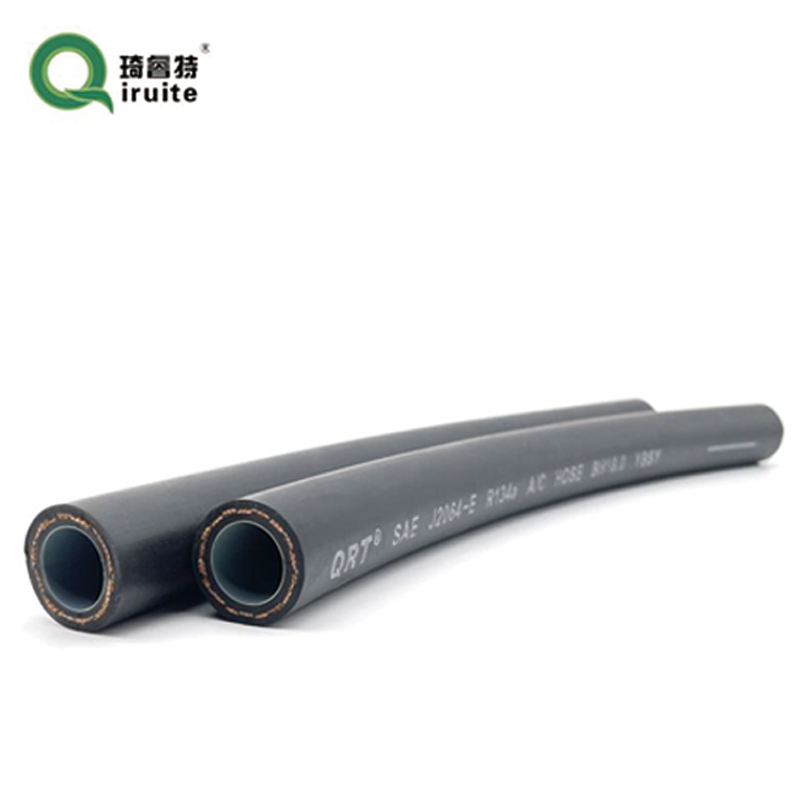Understanding Power Steering Hoses and Their Importance in Vehicle Performance and Safety
Understanding Power Steering Hoses Essential Components for Optimal Vehicle Performance
Power steering systems are critical in modern vehicles, providing drivers with smooth and effortless steering capabilities. At the heart of these systems are power steering hoses, which play a crucial role in the overall functionality of the steering mechanism. This article will explore the importance, types, maintenance, and potential issues associated with power steering hoses.
Power steering hoses are responsible for transporting hydraulic fluid from the power steering pump to the steering gear, allowing for the amplification of the driver’s input into the steering wheel. This hydraulic power assists in turning the front wheels with minimal effort. Typically made from durable rubber or synthetic materials, these hoses are designed to withstand high pressures and varying temperatures encountered during vehicle operation.
There are primarily two types of power steering hoses—pressure hoses and return hoses. The pressure hose carries high-pressure fluid from the power steering pump to the steering gear. Conversely, the return hose transports low-pressure fluid back to the pump after it has carried out its function. Understanding the distinction between these two types is crucial for anyone involved in vehicle maintenance or repair.
power steering hoses

Proper maintenance of power steering hoses is essential for vehicle safety and performance. Over time, hoses can wear out due to exposure to heat, moisture, and road debris. Visual inspections should be conducted regularly to check for signs of wear, such as cracks, fraying, or leaks. If a hose is found to be damaged, it should be replaced promptly to avoid steering failure, which could compromise control of the vehicle.
In addition to regular inspections, checking the power steering fluid level is also important. Low fluid levels can indicate a leak in the hoses or other components of the power steering system. Maintaining the proper fluid level helps ensure optimal performance and longevity of the power steering system, with the hoses functioning effectively.
Common issues associated with power steering hoses include leaks, which are the most prevalent problem. A leaking power steering hose can lead to reduced fluid levels, resulting in sluggish steering response and increased effort required to turn the wheel. If left unaddressed, leaks can lead to more serious problems, such as pump failure or complete steering system malfunction.
In conclusion, power steering hoses are vital components of a vehicle’s steering system, ensuring that drivers can maneuver smoothly and safely. Understanding their function, types, and maintenance requirements is essential for any vehicle owner. Regular inspections, prompt repairs, and maintaining proper fluid levels are key steps in ensuring the longevity and reliability of power steering hoses. By being proactive in their care, drivers can enhance their driving experience and maintain the safety of their vehicles on the road. Ultimately, investing time in understanding and maintaining these essential components can lead to significant long-term benefits in vehicle performance and safety.
-
Ultimate Spiral Protection for Hoses & CablesNewsJun.26,2025
-
The Ultimate Quick-Connect Solutions for Every NeedNewsJun.26,2025
-
SAE J1401 Brake Hose: Reliable Choice for Safe BrakingNewsJun.26,2025
-
Reliable J2064 A/C Hoses for Real-World Cooling NeedsNewsJun.26,2025
-
Heavy-Duty Sewer Jetting Hoses Built to LastNewsJun.26,2025
-
Fix Power Steering Tube Leaks Fast – Durable & Affordable SolutionNewsJun.26,2025

